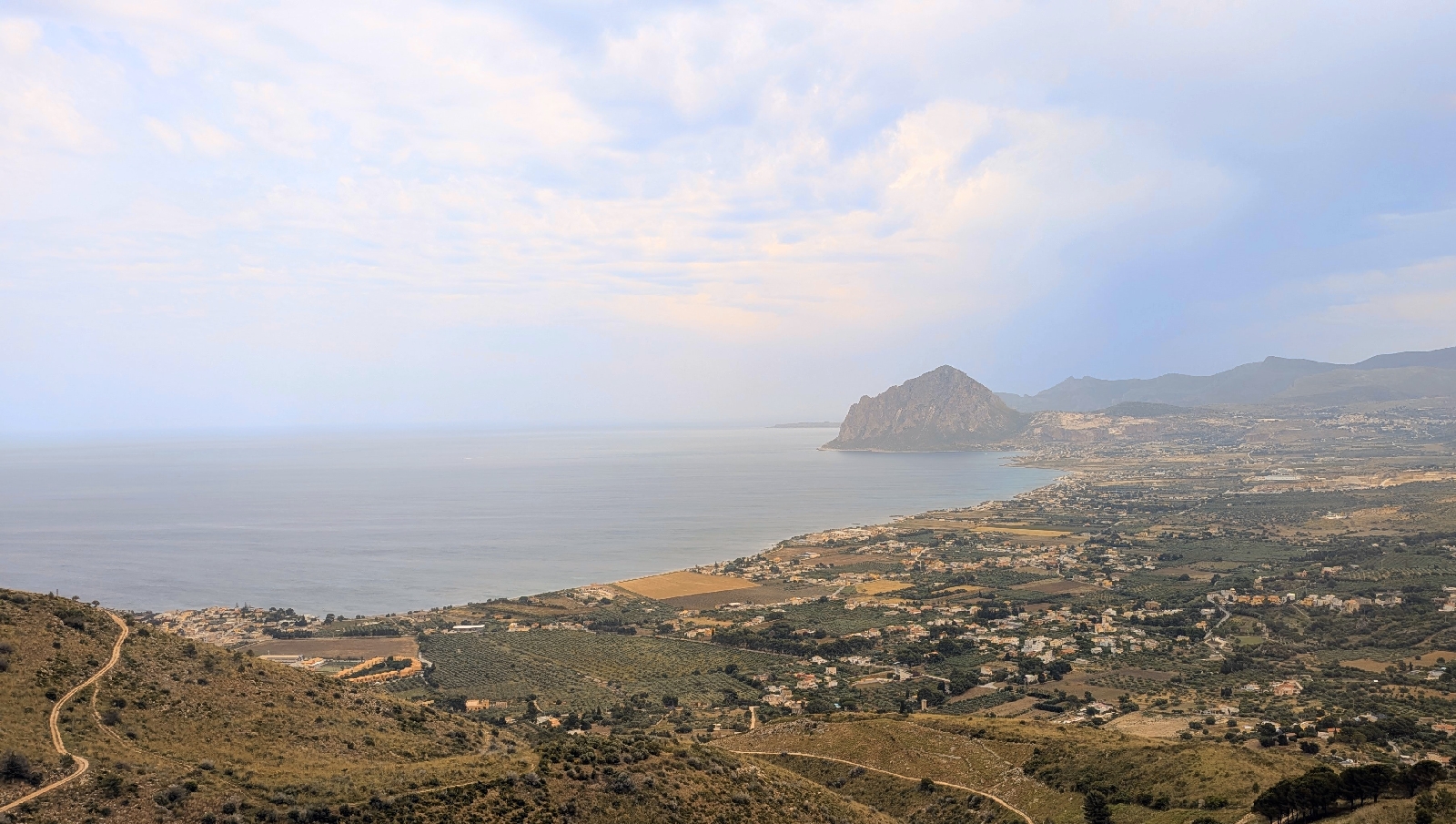Canterbury - Town
I was dog tired when I got into Canterbury after my travels, but I pushed through to try to get over jet lag and after checking into the hotel did a walking tour of the town. I am sure I have mentioned it before, but in the Rick Steve’s guidebooks, he always has a couple of hour walking tour of the towns and it helps to get oriented to both the layout and the history. Here are some pictures from this very picturesque town. The first 2 are from the touristy area of town. Even though there were a lot of stores, it was well kept and had a great combination of stores, restaurants and pubs.
This picture is from many of the backstreets and residential areas.
There was also a recent statue of Geoffrey Chaucer. Around the base are characters from ….The Canterbury Tale-of course! Look closely, each one had a face of a present day resident who paid to have their face depicted.
The plaque on this Tudor building (made of flint stone) said that this was a Pilgrim hospital. It did not mean for healing, it meant that it was for hospitality. Pilgrims could stay here for free for the night.
The below 2 pictures show the river Stour which flows through and around town. Tomorrow we are going to go punting (flat bottom boating) down the river like this group is.
The next day (Thursday) after resting up a bit and between Cathedral touring and meeting my Rick Steve’s group, I went to a Roman museum. There was a Roman settlement here called Durovernum Cantiacorum, from approximately 43AD to 410AD, with artifacts being found from the invasion of Britain by Julius Caesar in 54BC. (Those Romans were everywhere). The museum was built on top of the ruins of a Roman townhouse (parts of which are pictured in the first 2 pictures below) and was worth visiting.
This is what they have figured the town looked like, but they won’t be able to excavate. For example, a 500 year old tavern sits above the colloseum - which was built roughly the same time as the famous colloseum in Rome, and is roughly the same size. So unless they are building something, and they can work in some type of excavation work, this town will remain below ground.
The evening was spent meeting my Rick Steve’s tour group and having dinner in a restaurant on the corner, appropriately named - The Corner Restaurant.
Next up, I guess you can tell what kind of places I like because….I had a few hours free on Friday afternoon and spent it, not in the many local tourist shops, but in the oldest places I could find.
First, St Martins - it is the oldest church in the English speaking world. It was originally built in Roman times. In AD597 it was St Augustine's first base for his successful mission to bring the good news of Jesus Christ to the Anglo-Saxons. Augustine went on to establish the Abbey and the Cathedral which, with St Martin's, now make up the Canterbury World Heritage Site. He became the first Archbishop of Canterbury.
After more than 1400 years St Martin's still welcomes all for worship or for visiting. You had to walk through the graveyard to get to the church. I was told that the oldest readable stones are from the 1600’s, but many had all trace of letters or figures worn off.
This is a Chrismatory. It is the metal container sitting in the recess. It is a 14th century container for holy oils. It was hidden high up on the wall plate, during the Reformation. It was found again after about 300 years in 1849. The original is now in the Cathedral crypt and is one of only two that survived the Reformation in England.
The brick wall in the picture above dates back from Roman times. And of course, I have a picture of the baptismal font They believe it survived the reformation because it was originally also a well.
Then, I move on to the next very old thing - Augustine Abbey. This is one of the oldest and most important monastic sites in England. It was from here that the conversion of the English people to Christianity began. Sent on a mission by the Pope, the Italian monk Augustine began building the first church here soon after AD 597. A thriving Anglo-Saxon monastery developed and its grounds became an important place of burial: several Anglo-Saxon kings and early archbishops were buried here. Between 1072 and around 1100, the Normans almost completely destroyed the Anglo-Saxon buildings and built a church similar in size to Canterbury Cathedral. This formed the heart of a great abbey that flourished for over four centuries until King Henry VIII forced it to close in 1538. He built a royal palace here, reusing some of the abbey buildings.
During the 18th century, this area fell into ruin. Its significance was largely forgotten until Alexander James Beresford Hope founded a missionary college here in 1848, rescuing the site from neglect. Later excavations revealed its ancient origins. The first 2 pictures show how large the church was. I am standing in the middle and one picture is looking west and one picture is looking east. (When looking at the altar, you always faced east)






























The ruins of the monastery are really cool! I love that baptismal font! How are the folks in your group so far?
ReplyDelete